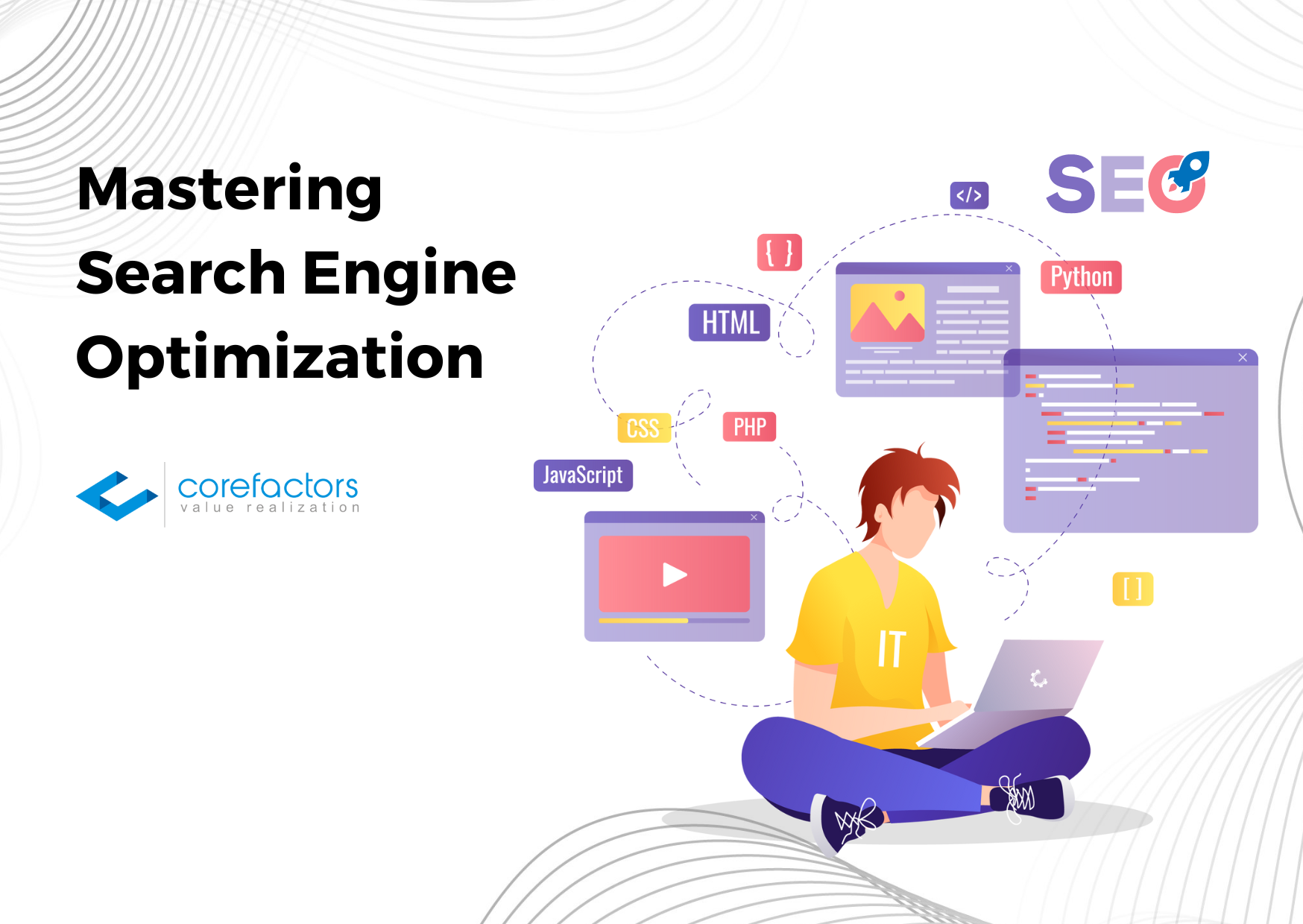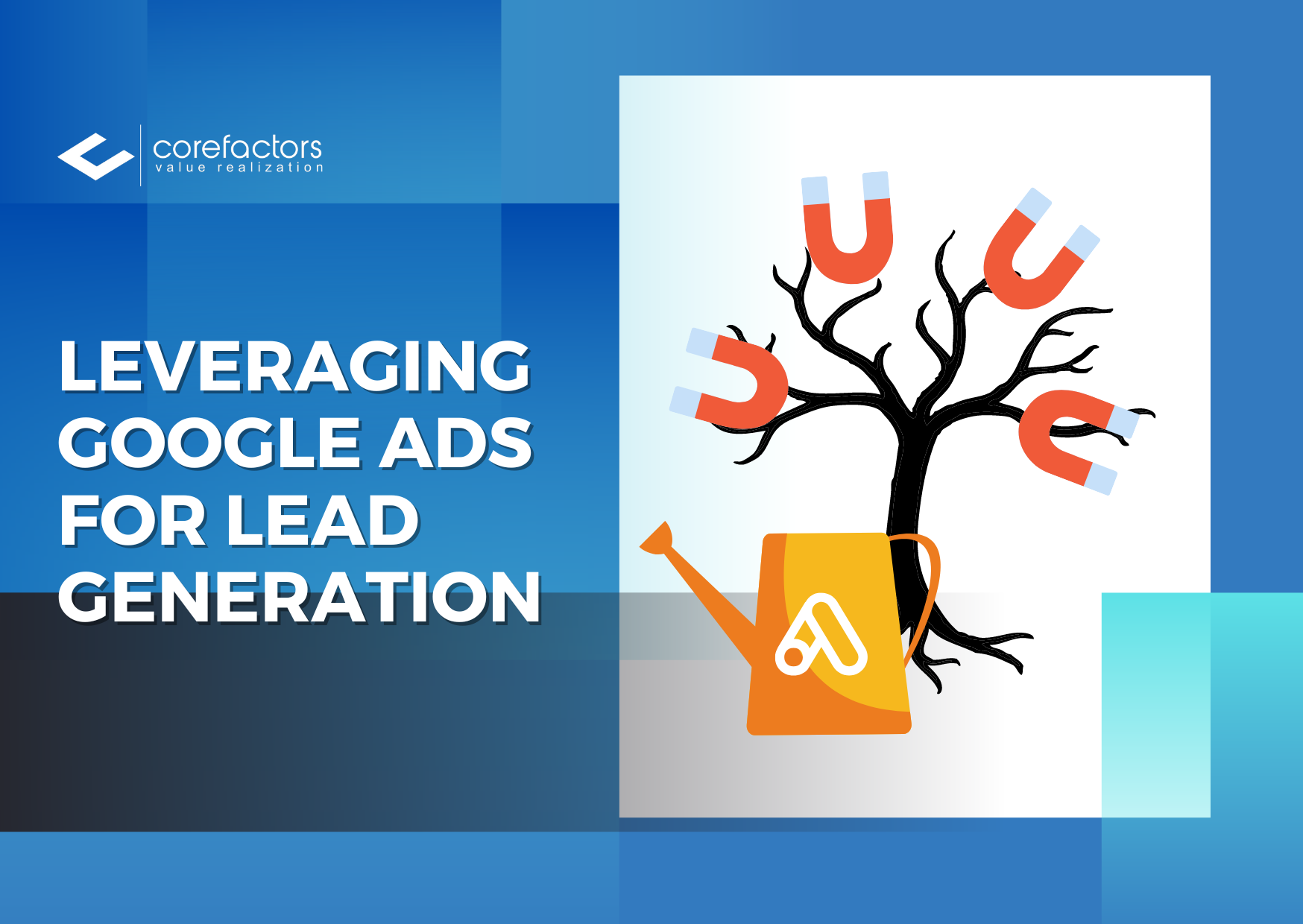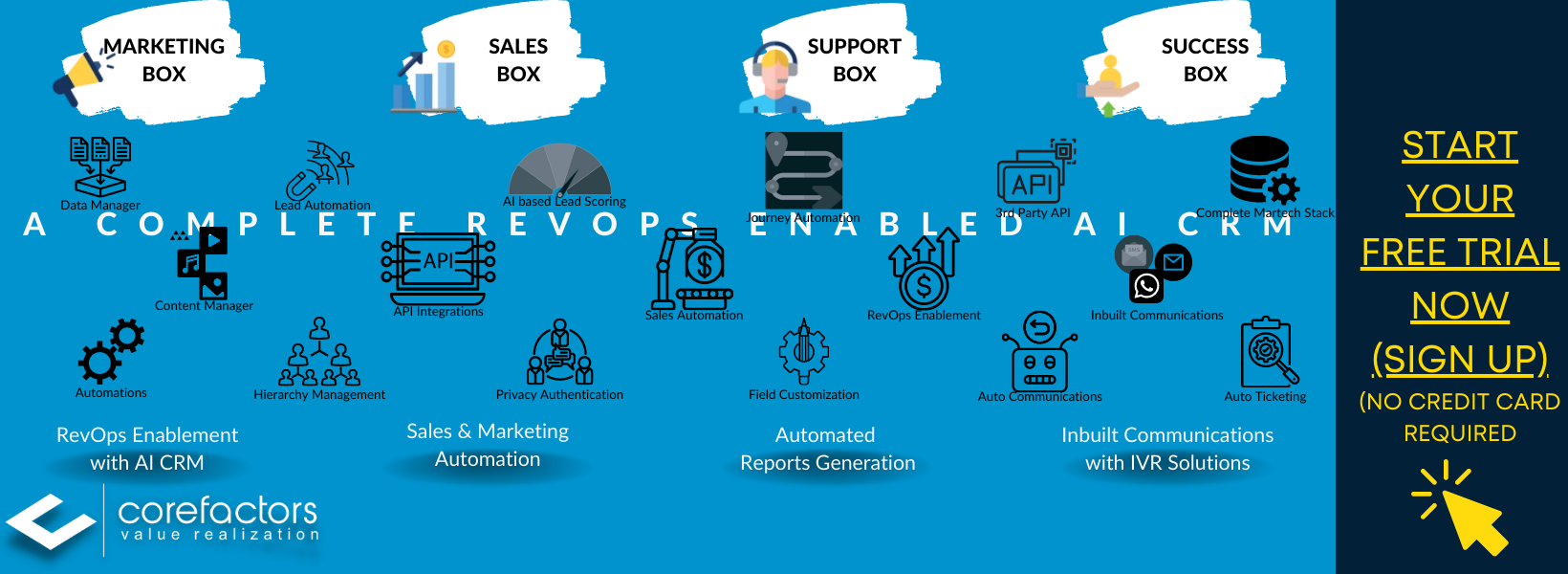In the ever-evolving digital world, businesses are constantly seeking effective strategies to dominate the online landscape and generate valuable leads. One powerful tool that offers unparalleled opportunities for lead generation is the suite of Google platforms.
“Do you know that 46% of customers start with Google search when looking for certain services and products?”
From search engine optimization (SEO) to Google Ads and Google My Business, this blog will explore how you can harness the power of Google platforms to dominate the digital landscape and drive significant lead generation.
Mastering Search Engine Optimization

Search Engine Optimization (SEO) involves various strategies and techniques to optimize your website's visibility and attract organic traffic from search engines. SEO is the process of improving the quality and quantity of website traffic to a website or a web page from search engines. SEO targets unpaid traffic (known as "natural" or "organic" results) rather than direct traffic or paid traffic. Google is the biggest search engine on the internet today and hence we will focus on Google only for this blog. Here are some key aspects to consider when aiming to master SEO for lead generation.
#1 Keyword Research
Thorough keyword research is the foundation of successful SEO. Identify relevant keywords and phrases that your target audience is likely to use when searching for products or services like yours. Look for keywords with high search volume and lower competition. Tools like Google Keyword Planner, SEMrush, and Moz Keyword Explorer can assist in this process.
#2 On-page Optimization
On-page optimization involves optimizing various elements on your website to signal relevance to search engines. This includes optimizing meta tags (title tags and meta descriptions), headings, URLs, and alt tags for images. Incorporate your target keywords naturally within these elements while maintaining readability for human visitors.
#3 High-Quality Content
Content plays a crucial role in SEO. Create high-quality, informative, and engaging content that aligns with your target keywords. Aim to provide value to your audience by answering their questions, addressing their pain points, and offering solutions. Incorporate relevant keywords naturally throughout your content while ensuring it remains user-friendly.
#4 Site Structure and Navigation
Ensure that your website has a logical and intuitive structure that allows both search engines and users to navigate easily. Organize your content into categories and use internal linking to establish connections between related pages. A well-structured website improves the user experience and helps search engines understand your content better.
#5 Mobile Optimization
With the increasing use of mobile devices, optimizing your website for mobile responsiveness is crucial. Ensure that your website is mobile-friendly, loads quickly, and provides a seamless user experience across different devices. Mobile optimization is not only important for user satisfaction but also a ranking factor in search engines.
#6 Technical SEO
Technical SEO focuses on the backend aspects of your website to ensure optimal crawling and indexing by search engines. Factors to consider include website speed, XML sitemaps, robots.txt files, canonical tags, schema markup, and SSL certificates. Addressing technical issues helps search engines understand and rank your website effectively.
#7 Link Building
Building high-quality backlinks from authoritative and relevant websites is an essential aspect of SEO. Seek opportunities to acquire backlinks through guest blogging, influencer outreach, content promotion, and creating shareable content. Backlinks from reputable sources signal credibility and authority to search engines, positively impacting your rankings.
#8 User Experience (UX)
User experience is a critical factor for SEO success. Ensure that your website provides a positive and engaging user experience through intuitive navigation, fast loading times, easy-to-use forms, and visually appealing design. A great user experience not only improves your search rankings but also increases the likelihood of lead generation and conversions.
If your website takes lots of time to load, visitors won't wait for it for long. There are countless websites targeting the same audience as yours. Do you think the visitor will think twice before closing your website? Absolutely not!
By ensuring fast loading of your website, you can decrease the chances of visitors shifting to competitor websites. Talking about the loading speed of the website, here are some tips and tricks you can try:
- When using images with high resolution, try to compress the file size.
- Choose a performance-optimized hosting provider for your website.
- Try to avoid using unnecessary redirects of the site.
- Cache your web pages to quickly reduce the loading time.
- Use a content delivery network.
#9 Monitoring and Analysis
Regularly monitor your website's performance using tools like Google Analytics and Google Search Console. Analyze key metrics such as organic traffic, keyword rankings, bounce rates, and conversion rates. This data helps you identify areas for improvement, understand user behavior, and optimize your SEO strategies accordingly.
Mastering SEO is an ongoing process as search engine algorithms evolve and user behaviors change. Staying updated with industry trends, algorithm updates, and best practices is crucial to maintain your SEO dominance and generating consistent leads from organic searches.
Leveraging Google Ads for Lead Generation

SEO efforts take time to yield results and Google Ads offers immediate visibility on search engines. Once your ads are set up and approved, they can appear in search results, driving traffic to your website and potentially generating leads almost instantly. With its wide reach, precise targeting options, cost-effectiveness, and measurable results, Google Ads is a valuable tool in the digital marketing arsenal. By leveraging the benefits of Google Ads, businesses can drive immediate traffic, increase conversions, and achieve their lead generation goals.
Here's how you can utilize Google Ads to drive effective lead generation:
#1 Keyword-Targeted Ads
Use Google Ads' keyword planner to identify relevant keywords and create compelling ads that appear when users search for those terms. Craft persuasive ad copy that highlights your unique selling points and includes a clear call to action.
#2 Audience Targeting
Refine your target audience based on demographics, interests, and behaviors. Leverage Google Ads' audience targeting features to reach the right prospects and maximize your ad's impact.
#3 Remarketing Campaigns
Implement remarketing campaigns to re-engage users who have previously interacted with your website. Tailor your ads to their specific interests and offer incentives to encourage conversion.
#4 Landing Page Optimization
Create dedicated landing pages that align with your ads' messaging and provide a seamless user experience. Optimize your landing pages with compelling visuals, persuasive copy, and clear calls-to-action to maximize conversions.
#5 Experimentation
Experiment with your targeting options and see which one works the best for your brand. Fixing one ad targeting option might not give you the expected results. Therefore, it becomes important to perform A/B testing with ads.
“More than 50% of marketers consider using A/B testing as they believe it boosts lead conversions”. (Source: FinanceOnline)
Harnessing Google My Business for Local Lead Generation
Google My Business (GMB) is a powerful tool that allows businesses to manage their online presence and attract local customers. Here's how you can leverage GMB for lead generation:
#1 Complete Your Profile
Ensure your GMB profile is complete, accurate, and up-to-date. Include essential business information, such as contact details, opening hours, and website links, to make it easy for potential customers to find and engage with your business.
#2 Customer Reviews
Encourage satisfied customers to leave positive reviews on your GMB profile. Positive reviews build trust and credibility, influencing potential customers to choose your business over competitors.
#3 Posts and Updates
Regularly post updates, announcements, and special offers on your GMB profile. This keeps your audience informed and engaged, increasing the likelihood of lead generation.
#4 Q&A Engagement
Actively engage with customer questions and provide prompt and helpful responses. This demonstrates your commitment to customer service and can influence potential customers to choose your business.
Final words
In today's highly competitive digital landscape, harnessing the power of Google platforms is essential for businesses aiming to dominate the online realm and drive effective lead generation. By mastering SEO, leveraging Google Ads, and optimizing your Google My Business profile, you can establish a strong online presence, attract targeted traffic, and convert leads into loyal customers.
Besides, if you are looking to invest in a CRM for Google lead generation, choose Corefactors AI CRM. Best in the market, it has everything you would need to get leads and convert them into customers. Without any further delay, get yourself a CRM now and skyrocket your business growth!








